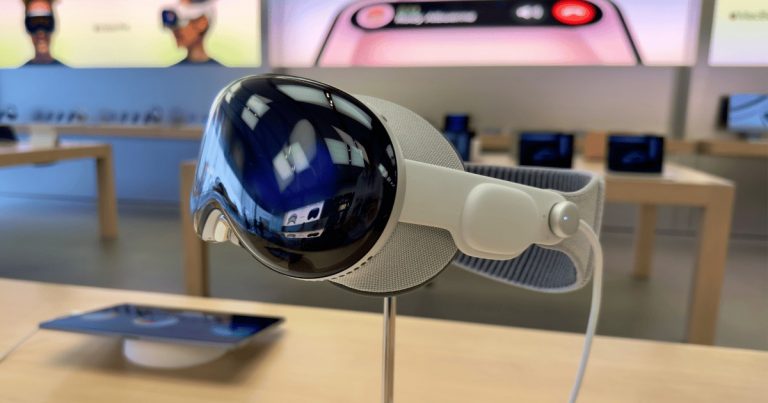
In a remarkable display of innovation, the medical field has witnessed the adoption of a device originally designed for entertainment and work: the Apple Vision Pro. This cutting-edge technology has recently been utilized by a Brazilian surgeon, Dr. Bruno Gobbato, to assist in a complex shoulder arthroscopy surgery at Jaraguá Hospital in Brazil.
Apple Vision Pro’s Role in Modern Surgery
The Apple Vision Pro, while not initially created for medical purposes, has proven to be a versatile tool in the operating room. Dr. Gobbato’s use of the device during a procedure to treat a patient with a rotator cuff tear showcases the potential for consumer technology to cross over into medical applications. The rotator cuff tear, an injury often resulting from the progressive wear and tear of tendon tissue, requires precise surgical intervention.
Register for Tekedia Mini-MBA edition 18 (Sep 15 – Dec 6, 2025) today for early bird discounts. Do annual for access to Blucera.com.
Tekedia AI in Business Masterclass opens registrations.
Join Tekedia Capital Syndicate and co-invest in great global startups.
Register for Tekedia AI Lab: From Technical Design to Deployment.
Dr. Gobbato praised the dynamic range of the cameras in the Apple Vision Pro, which allowed him to view the surgical site with exceptional clarity despite the bright lights typically used in operating rooms. The high-resolution display provided by the device enabled him to see images on the scale of a movie screen, along with real-time access to the patient’s exams and 3D models.
The integration of Apple Vision Pro into surgical procedures is not isolated to Brazil. Surgeons worldwide are beginning to see it as a revolutionary tool, significantly improving upon previous headsets used in similar contexts. The device’s ability to allow surgeons to view their notes, patient x-rays, and live camera feeds simultaneously has been called a ‘game-changer’ in the field.
Consumer technology has already begun to make significant inroads into the medical field, transforming not only the way patient care is delivered but also how medical professionals conduct their work. The use of the Apple Vision Pro by a Brazilian surgeon is just one example of this trend. Here are some other potential applications of consumer technology in medicine:
Remote Patient Monitoring: Devices like smartwatches and fitness trackers can monitor vital signs such as heart rate, sleep patterns, and physical activity. This data can be used to detect early signs of medical issues or to monitor chronic conditions, allowing for timely interventions.
Telemedicine: Tablets and smartphones enable patients to consult with healthcare professionals from the comfort of their homes. This is especially beneficial for those in remote areas or for individuals with mobility issues.
Healthcare Apps: There are numerous apps available that can help users manage their health and wellness. These range from medication reminders to mental health apps that provide coping strategies for stress and anxiety.
Augmented Reality (AR) in Education and Training: AR can provide medical students and professionals with a 3D view of the human body, helping them understand complex structures and procedures without the need for cadavers.
Apple’s foray into the medical arena with the Vision Pro is a testament to the company’s commitment to innovation. While the device is currently available only in the US, with plans for expansion to other countries by the end of the year, its impact on surgical procedures has already been felt globally.
The use of Apple Vision Pro in surgery is a prime example of how technology can enhance the capabilities of medical professionals, leading to improved patient outcomes. As consumer technology continues to evolve, its potential applications in healthcare are boundless, promising a future where the lines between technology and medicine become increasingly blurred.



